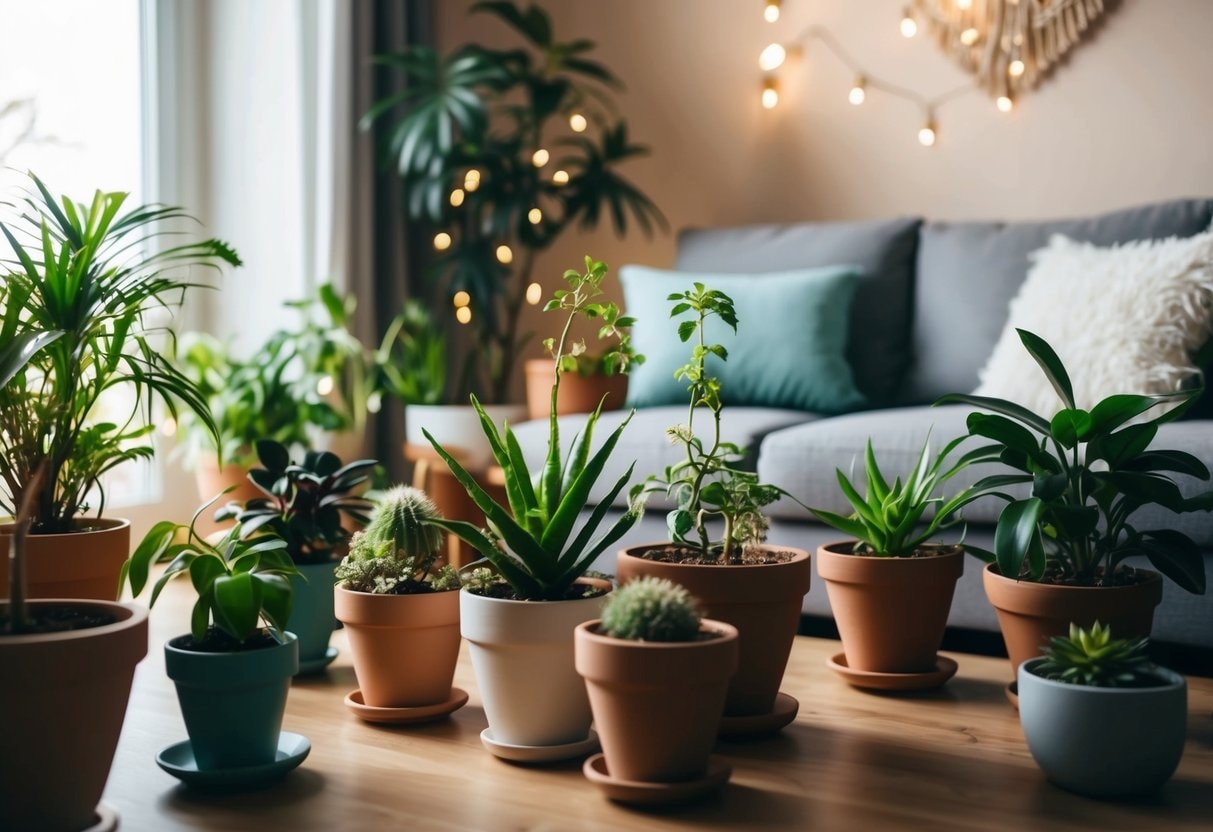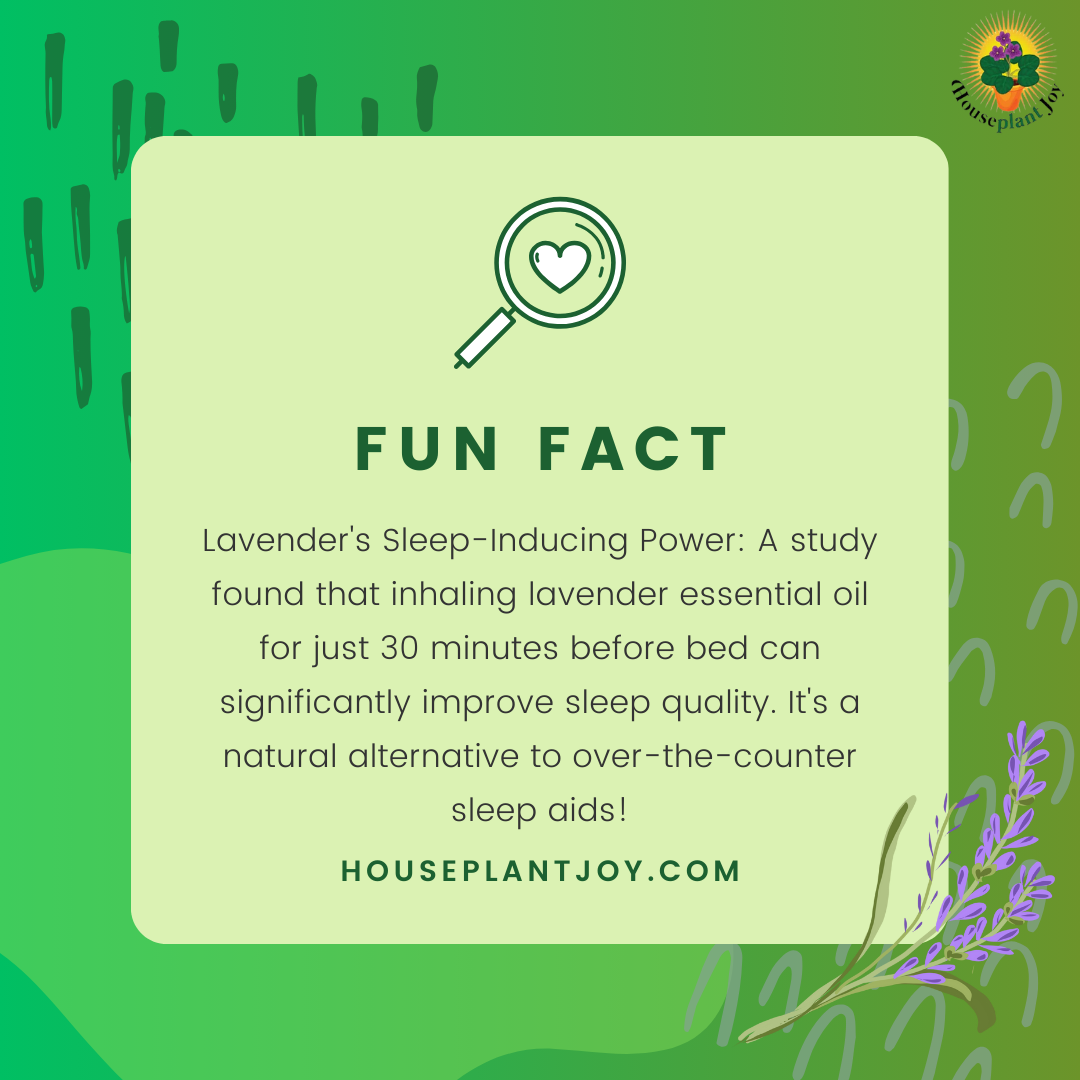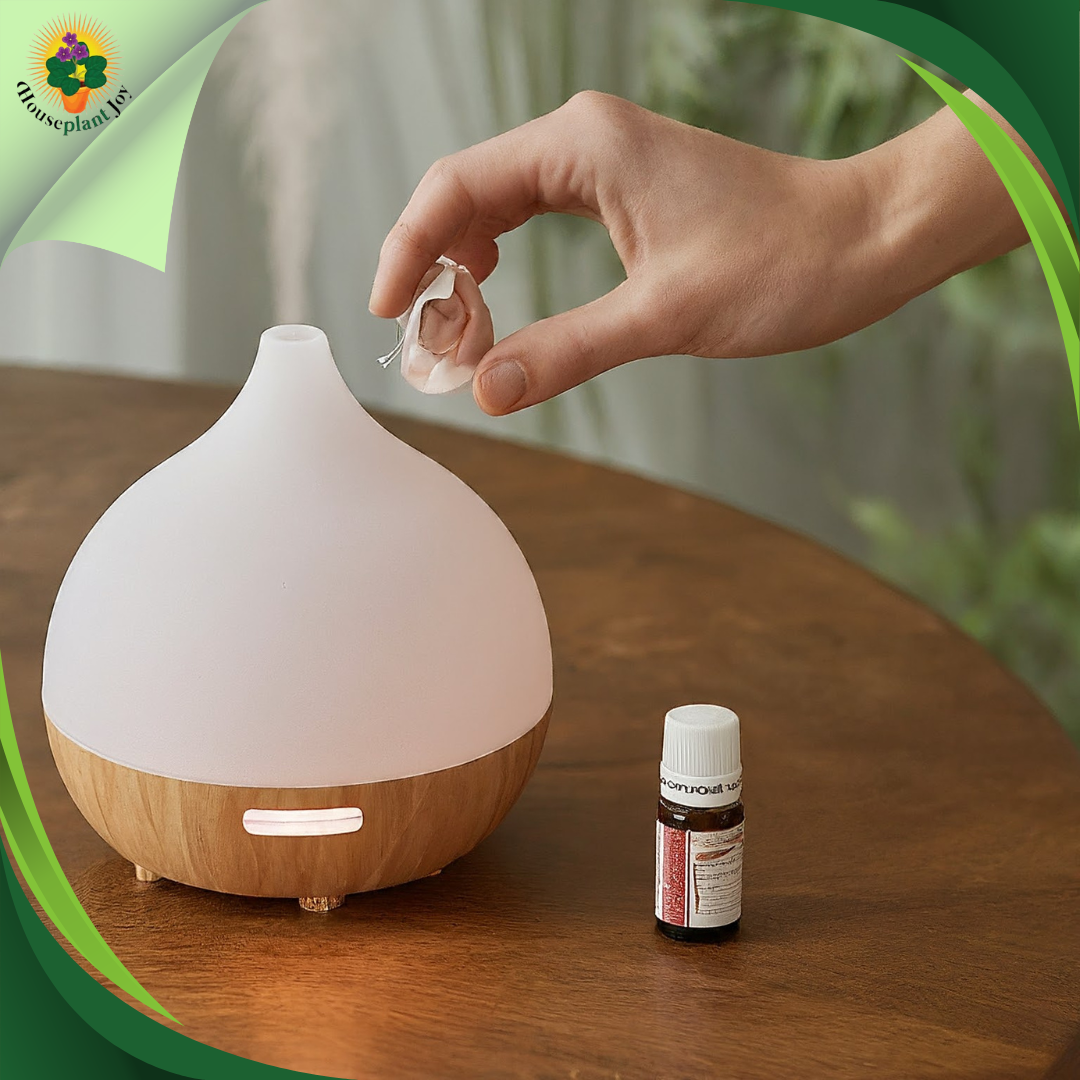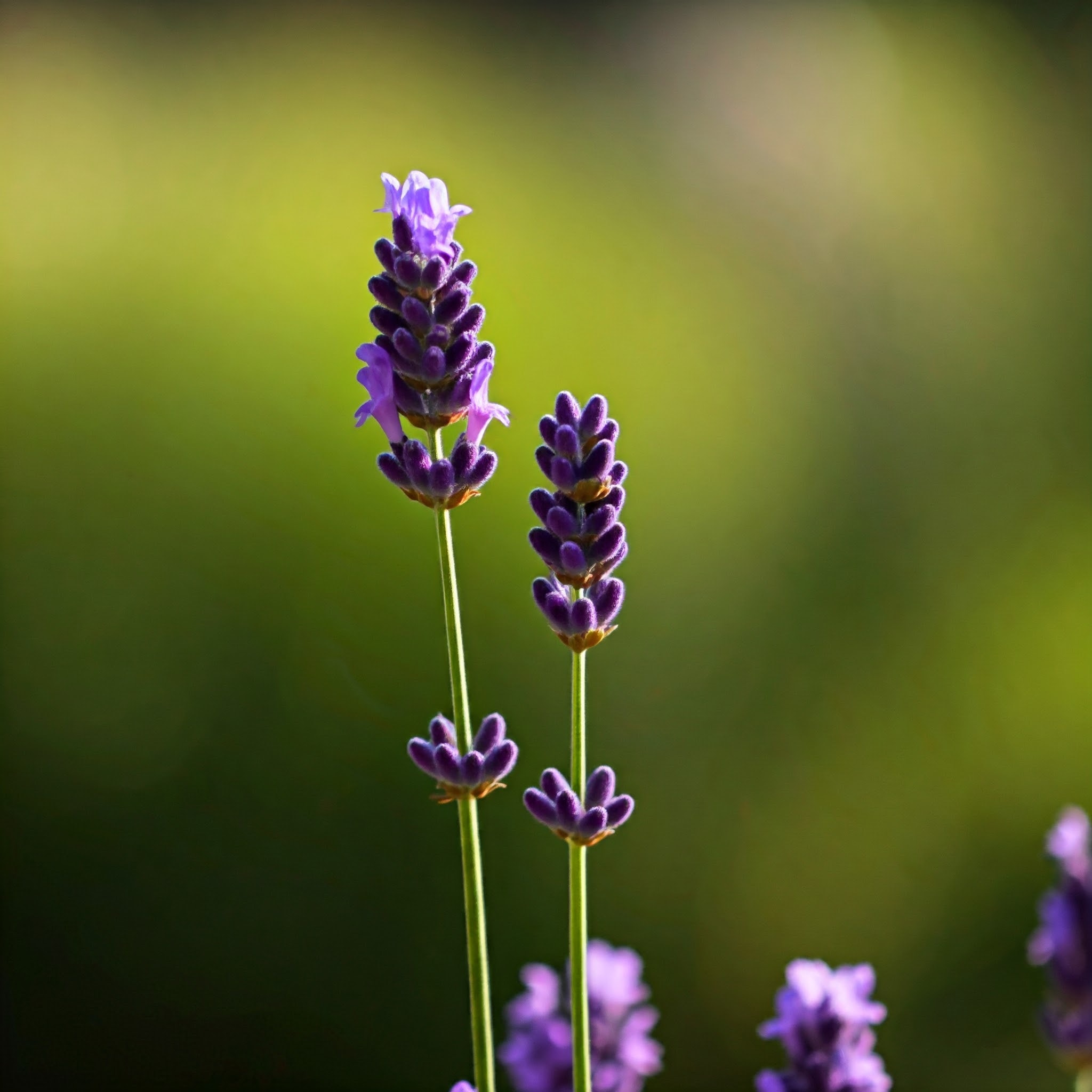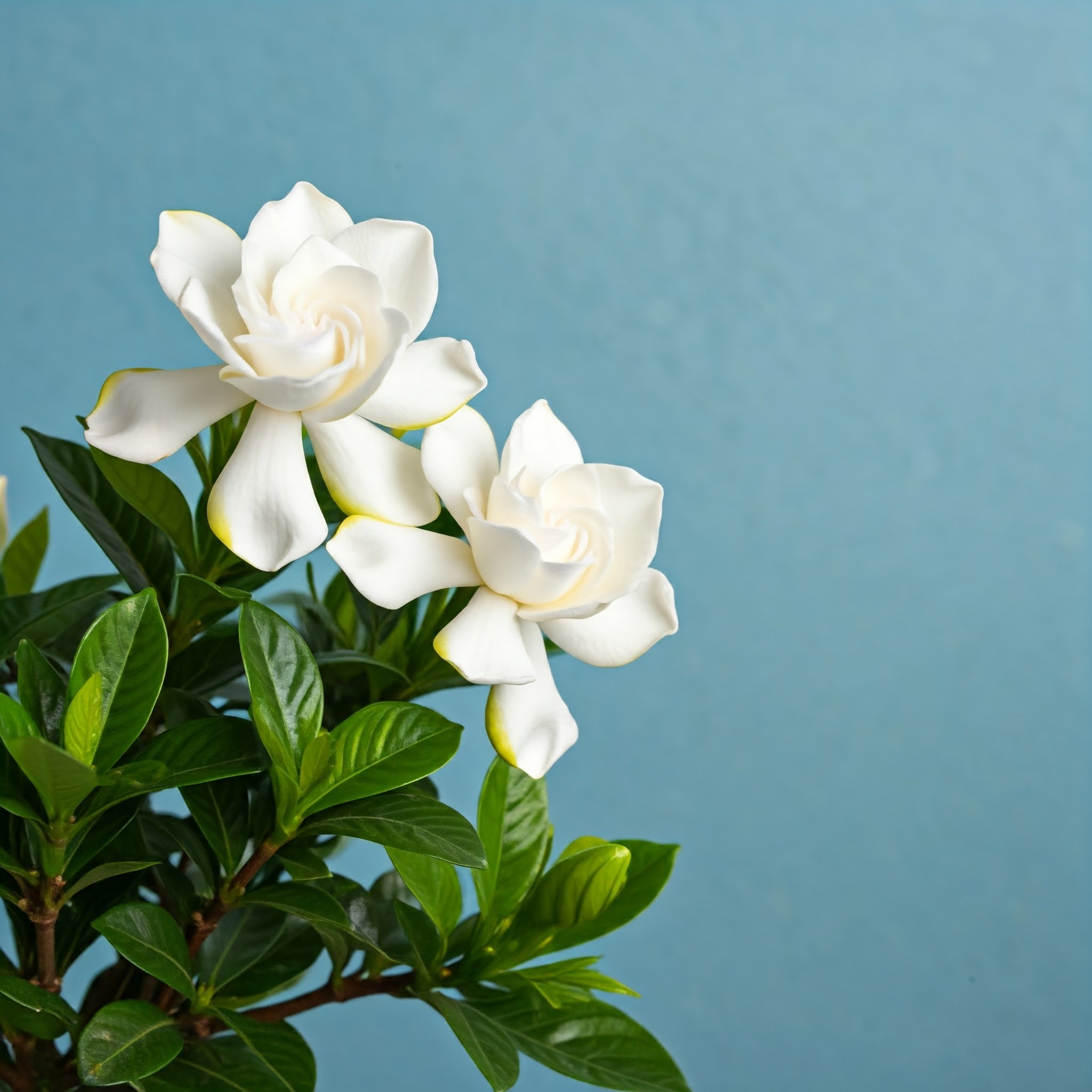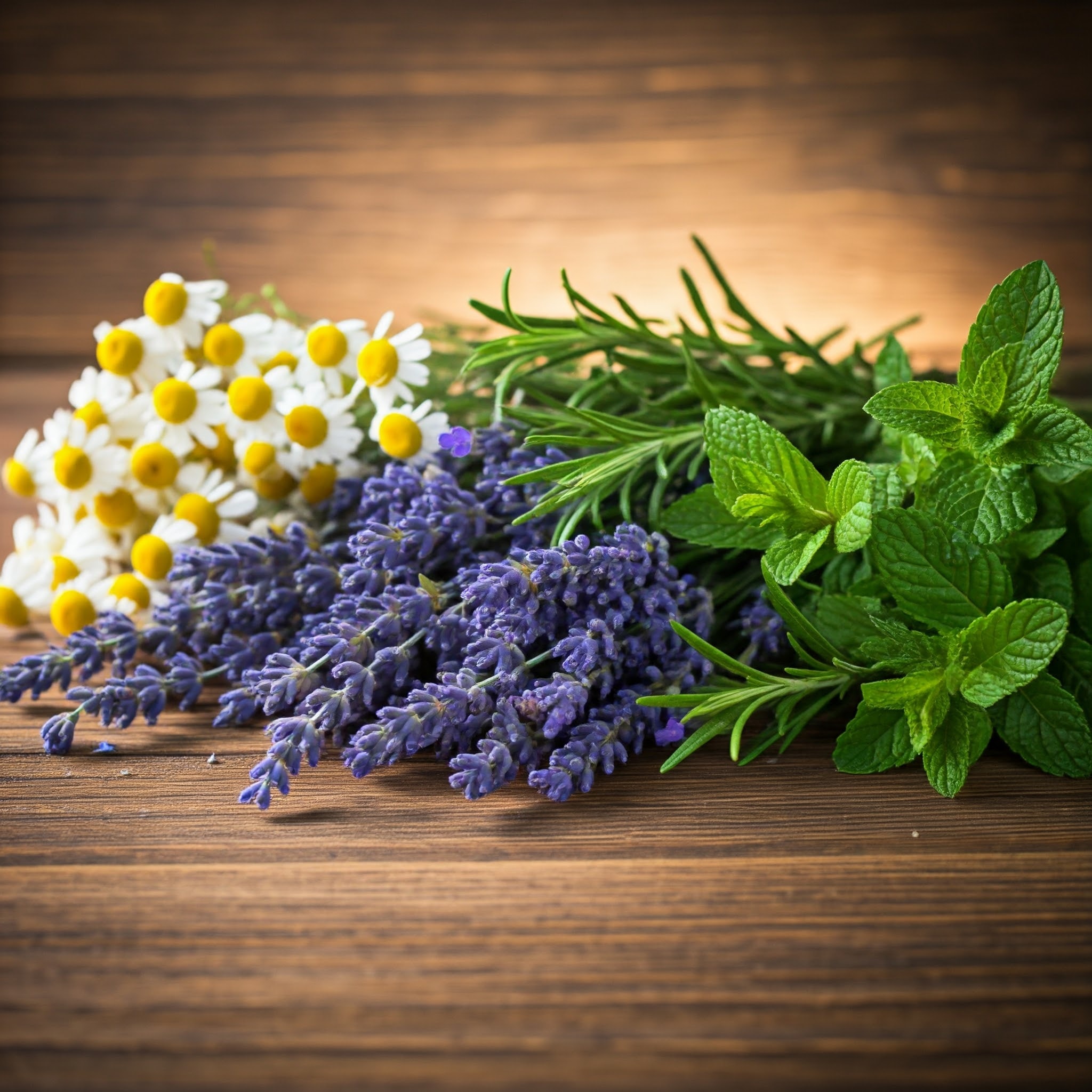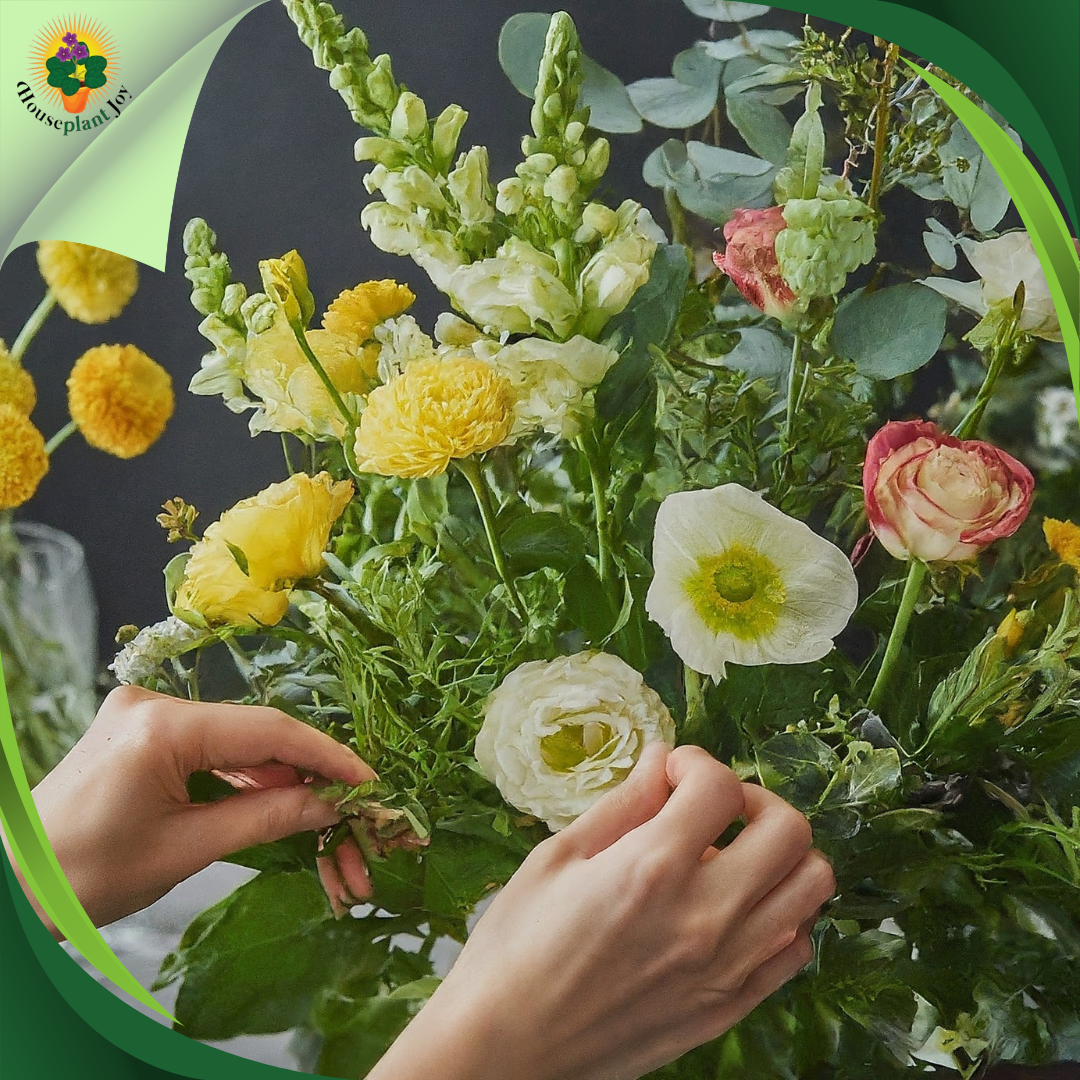HousePlantJoy is supported by our audience. When you purchase through one of our links, we may earn a small affiliate commission. As an Amazon Associate I earn from qualifying purchases. Your cost is not affected.
==================
Creating a tranquil home environment can often feel challenging in our fast-paced lives. However, aromatherapy with plants is one of the most delightful ways to achieve this. Imagine entering your home and being greeted by the soothing scents of lavender, Eucalyptus, or citrus. Not only do these fragrances uplift your spirits, but they also promote relaxation and enhance well-being.
In this article, we will explore the enchanting world of plant-based aromatherapy, delving into the benefits of various aromatic plants, how to incorporate them into your home, and their profound impact on your mood and overall atmosphere. Whether you’re looking to create a calming sanctuary or want to freshen up your living space, embracing the power of aromatic plants will transform your home into a haven of soothing scents and serenity.
Essential Scents: Transform Your Home with Aromatic Plants
Imagine stepping into a garden filled with sweet scents and calming aromas. That’s the magic of aromatherapy with plants. You can create this relaxing space in your backyard or indoors. Choosing fragrant plants for your garden can help you make a peaceful retreat that eases stress and boosts your mood. From lavender’s soothing scent to the refreshing smell of mint, each plant adds its special touch to your aromatherapy garden.
You don’t need a big space to enjoy the benefits of fragrant plants. Even a few pots on a balcony or windowsill can bring the joy of aromatherapy into your life. With some planning, you can have sweet-smelling blooms year-round, creating a calm oasis in any season.
Key Takeaways
- Fragrant plants can create a relaxing atmosphere in your garden or home.
- You can enjoy aromatherapy benefits with just a few potted plants.
History and Principles of Aromatherapy
The use of aromatic plants dates back thousands of years. Ancient cultures like Egypt, China, and India used plant oils for healing. They believed in the connection between scent and wellness. Modern aromatherapy emerged in the 1920s. A French chemist discovered lavender oil’s healing properties by accident. This sparked renewed interest in plant-based therapies.
The main principle of aromatherapy is that scents affect your brain and body. When you smell an essential oil, it triggers responses in your limbic system. This part of your brain controls emotions and memories. Aromatherapy uses various methods to spread scents. You can use diffusers, inhale directly, or apply oils to your skin.
Benefits of Aromatherapy in Daily Life
Aromatherapy can improve your everyday life in many ways. It may help reduce stress and anxiety. Some scents, like lavender, can promote better sleep. Certain oils boost your energy and focus. Peppermint and lemon are popular for this purpose. You can use them while working or studying.
Aromatherapy may also help with physical discomfort. Some people use it to ease headaches or muscle pain. Eucalyptus and rosemary are common choices for this. You can easily set up aromatherapy at home. Create a calm space with soft lighting and comfortable seating. Add plants or natural elements to enhance the atmosphere.
Understanding Plant Fragrances
Plant fragrances come from different parts, like flowers, leaves, and stems. You can run your fingers through herbs or crush leaves to release their scents. Some plants smell sweet, while others have spicy or earthy smells. Flowers often give off the strongest scents.
But don’t forget about fragrant leaves and stems. They can add nice smells to your garden, too. Think about when plants release their scents. Some smell strongest in the morning, others in the evening. This helps you plan a garden that smells good all day long.
Top Fragrant Plants for Aromatherapy
Lavender is a top choice for aromatherapy gardens. It has a calm, sweet smell that many people love. You can grow different types of lavender to enjoy its scent. Roses are another great option. They come in many colors and scents. Some smell fruity, while others have a classic rose smell. Here are more fragrant plants to consider:
- Jasmine.
- Rosemary.
- Mint.
- Lilac.
- Gardenia.
Each of these plants has a unique smell. Mix and match them in your garden for a blend of scents.
Seasonal Considerations in Plant Selection
Your fragrant garden can smell good all year if you plan well. Some plants bloom in spring, others in summer or fall. Lilacs offer a sweet scent in spring. They’re a great way to start your fragrant garden season. For summer, try roses or lavender. They love warm weather and will fill your garden with scent.
In fall, plant chrysanthemums or sweet autumn clematis. These will keep your garden smelling nice as the weather cools. Even in winter, some plants can add fragrance. Wintersweet and witch hazel bloom in cold months, giving your garden subtle scents.
Designing for Scent and Relaxation
Start by picking a sunny spot with good drainage for your garden. Add curved paths and seating areas to create cozy nooks for enjoying the scents. Use raised beds or containers to group plants with similar needs. This makes care easier and lets you move things around.
Think about when you’ll use the garden most. Plant evening-blooming flowers near a patio for nighttime relaxation. Put morning scents by your breakfast spot. Mix textures and colors to please the eye, too. Pair soft lavender with spiky rosemary or bright marigolds.
Combining Plants for Aromatic Harmony
Choose a mix of plants that bloom at different times. This gives you a scent all season long. Some good options are:
- Lavender for calming.
- Rosemary to boost focus.
- Jasmine for romance.
- Lemon balm to lift your mood.
- Peppermint for energy.
Group plants with similar scents to create themed areas. You might have a citrus corner or an herbal nook. Remember foliage scents. Brush past sage or lemon verbena for a burst of aroma. Add climbing plants like honeysuckle or jasmine to walls and fences. This spreads scent vertically.
Caring for Your Fragrant Plants
Most aromatic plants like full sun and well-drained soil. Add compost to improve drainage and feed your plants. Water deeply but less often. This encourages deep roots and stronger scents. Prune regularly to keep plants bushy and full of blooms. Pinch back herbs to prevent flowering and keep leaves aromatic.
Mulch to hold moisture and suppress weeds. Use fragrant mulches like pine needles for extra scent. Harvest flowers and leaves in the morning for the strongest aromas. Use them fresh or dry them for later.
Methods of Indoor Aromatization
You have several options to fill your home with plant fragrances. Jasmine plants can add a sweet scent to sunny spots. Place them near windows or where you spend a lot of time. Try grouping fragrant plants to create a stronger aroma. You can put scented geraniums with different scents like rose, lemon, or chocolate in one area. This makes a fun smell experience. Gently rubbing or brushing plant leaves can release more scents. Do this with herbs like sage to enjoy their earthy smell. You can also use small fans to spread the scents around your room.
Making DIY Aromatherapy Products
You can make your scented items using indoor plants. Try drying fragrant flowers or leaves to make potpourri. Tuberous begonias work well for this and give off a mild scent. Create your room sprays by steeping fragrant leaves in water. You can use herbs like rosemary or lavender for this. Spray the mix in your room for a natural air freshener.
Make scented sachets by filling small cloth bags with dried plant material. Put these in drawers or closets to keep your clothes smelling nice. You can also use them under your pillow for relaxing scents while you sleep.
Incorporating Aromatherapy into Meditation
Start your meditation by adding 5-10 drops of essential oil to a diffuser. Fill it with water and turn it on before you begin. Choose oils that promote focus and calm, like lavender or frankincense. These scents can help quiet your mind and deepen your practice. As you meditate, breathe deeply and notice the aroma. Let it anchor you to the present moment.
This can help prevent your thoughts from wandering. You can also apply diluted oils to your skin before meditating. Put a drop on your wrists or behind your ears. The scent will stay with you throughout your session.
Aromatherapy Techniques for Stress Relief
When stress hits, reach for soothing plant aromas. Keep a small essential oil bottle in your bag or desk for quick relief.
Try these simple techniques:
- Palm Inhalation: Put oil in your palms, rub them together, and cup them over your nose. Breathe deeply for instant calm.
- Aromatherapy Bath: Add a few drops of lavender or chamomile oil to your bathwater. Soak for 15-20 minutes to melt away tension.
- Scented Tissue: Put oil on a tissue and keep it nearby. Inhale the scent when you feel stressed.
Remember to always dilute essential oils before applying them to the skin. Start with just a few drops and increase as needed.
Exploring Essential Oils
Start by expanding your essential oil collection. Try new fragrant plants like jasmine, ylang-ylang, or Bergamot. Learn about their unique properties and benefits. Research the extraction methods for different oils.
Steam distillation, cold pressing, and solvent extraction each produce oils with distinct characteristics. Study the safety guidelines for each oil. Some may cause skin irritation or interact with medications. Always dilute oils properly before use. Experiment with different application methods:
- Diffusers.
- Roll-ons.
- Bath salts.
- Massage oils.
Keep a journal to track your experiences with various oils. Note how they affect your mood and well-being.
The Art of Blending Scents
Creating your aromatherapy blends is both fun and rewarding. Start with simple two-oil combinations and gradually work up to more complex blends. Consider these factors when mixing scents:
- Top, middle, and base notes.
- Complementary and contrasting aromas.
- Therapeutic properties of each oil.
Use the “layering” technique to build depth in your blends. Add oils one at a time, starting with the base note.
Try these popular combinations:
- Lavender + Bergamot.
- Peppermint + Eucalyptus.
- Rose + Sandalwood.
Don’t be afraid to experiment! Trust your nose and create blends that appeal to you. Remember to note your recipes for future use.
Here’s an additional video about aromatherapy houseplants.
By: Lavendaire
Embracing Serenity: The Transformative Power of Aromatherapy with Plants
Aromatherapy with plants offers a simple yet effective way to transform your home into a serene oasis filled with soothing scents. By incorporating fragrant plants, you enhance your living space, promote relaxation, reduce stress, and improve your overall well-being. Whether you grow aromatic herbs in your garden or bring fragrant flowers indoors, the benefits of these natural fragrances are profound.
As you explore the enchanting world of plant-based aromatherapy, remember that each scent has unique properties and can be tailored to your needs. With thoughtful selection and care, your home can become a personal sanctuary that uplifts your spirit and nurtures your mind. Embrace the calming power of aromatherapy with plants and enjoy the tranquility that these natural scents can bring to your everyday life.
What Are Some Popular Fragrant Plants for Indoor Aromatherapy?
What Benefits Does Aromatherapy With Live Plants Offer Compared to Essential Oils?
Can You Suggest a Planting Guide for Creating a Relaxing Aroma Garden?
What Are the Best Practices for Harvesting and Utilizing Plant Scents at Home?
How Can I Identify Plants With the Most Effective Calming Fragrances for Stress Relief?
Why Should You Join Us?
Get insider secrets: Unearth the best-kept tips to keep your plants thriving and blooming like never before.
Expert Advice: Gain access to our team on Facebook, Twitter, and other social media channels, and meet our gardening experts eager to help you on your plant journey.
Engage With Like-Minded Souls: Connect with fellow plant lovers, exchange stories, and build a supportive community. Join us today! Follow Houseplant Joy on Facebook, Instagram, and Twitter for daily inspiration and a blooming good time! #HouseplantJoy #GreenThumbsUnite #HouseplantLove

